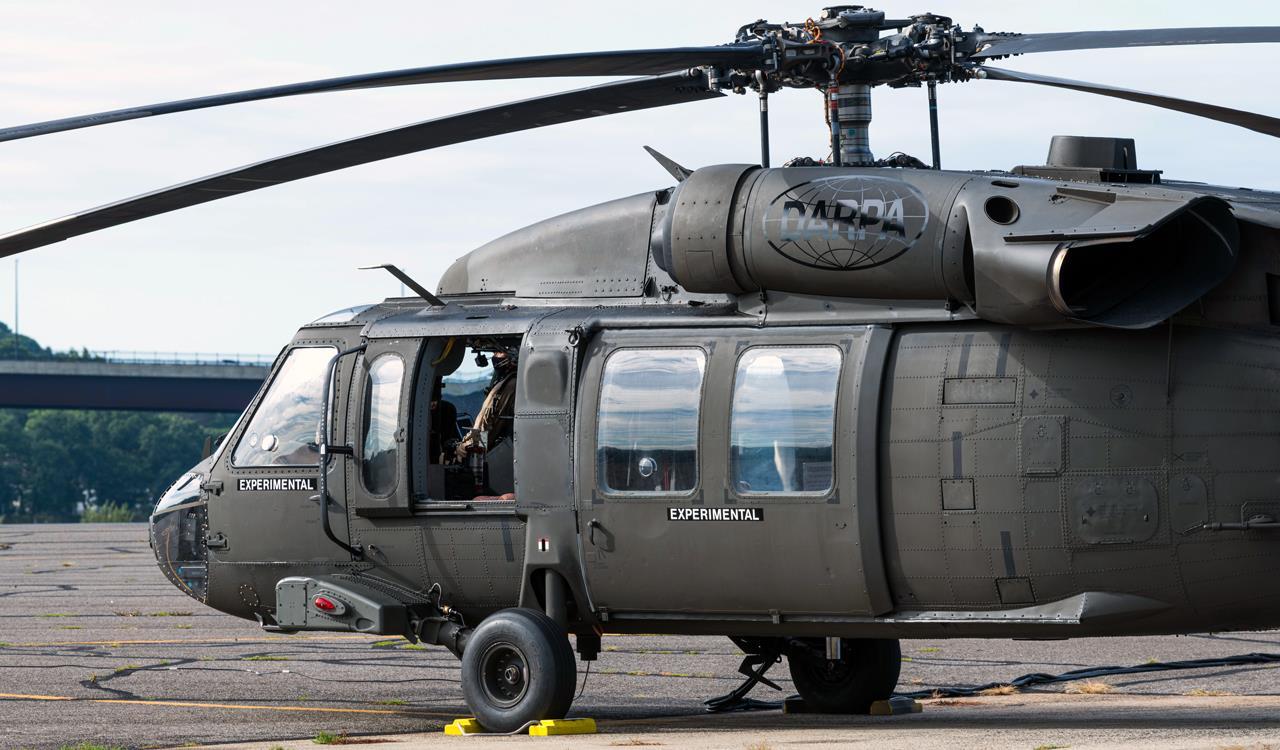Mastering Upkeep: Essential Tips for Uh-60 Black Hawk Helicopter Care
Mastering Upkeep: Essential Tips for Uh-60 Black Hawk Helicopter Care
Blog Article
The UH-60 Helicopter: Navigating Through Its History, Layout, and Substantial Role in Air Travel
The UH-60 helicopter, often described as the Black Hawk, stands as a testimony to the developments in air travel modern technology and its undeniable impact on both noncombatant and army procedures. From its modest starts to its current condition as a sign of dependability and versatility, the evolution of the UH-60 has been marked by constant technology and adjustment to meet the developing requirements of the aeronautics industry. As we look into its background, design details, and the essential function it plays in different markets, a much deeper gratitude for this renowned helicopter emerges, clarifying the substantial payments it has made to the realm of aviation.
Advancement of the UH-60 Helicopter

The advancement of the UH-60 helicopter can be traced back to the demand for a reliable and functional energy aircraft that could meet the requiring needs of modern army operations. Developed by Sikorsky Airplane, the UH-60 Black Hawk first flew in 1974, with the U.S. Army becoming its main driver. Over the years, the UH-60 has gone through numerous upgrades and variants to enhance its abilities and performance.

Layout Developments and Attributes

Moreover, the UH-60 includes an advanced avionics suite that includes sophisticated navigation systems, communication equipment, and electronic display screens. These technical improvements enhance situational understanding for the team, enhancing overall objective efficiency and security. The helicopter's large cabin style helps with simple and quick loading and dumping of soldiers, equipment, and casualties, making it a functional possession for military procedures and catastrophe relief initiatives.
Furthermore, the incorporation of composite products in essential architectural elements reduces weight while keeping longevity, boosting the UH-60's performance and gas effectiveness. The UH-60 helicopter's innovative layout aspects jointly contribute to its reputation as a reliable and extremely qualified aircraft in both armed forces and civilian aviation fields.
Armed Forces and Civilian Applications
With flexible capabilities suited for an array of operational requirements, the UH-60 helicopter offers both army and noncombatant industries successfully. The UH-60's innovative avionics, defensive systems, and adaptability have actually strengthened its placement as a foundation of military helicopter fleets.
In the civilian industry, the UH-60 offers a wide range of purposes, including firefighting, police, emergency situation medical solutions, and corporate transport. Its dependability, maneuverability, and roomy cabin make it a preferred selection for energy objectives. Furthermore, the UH-60's versatility for VIP transport and overseas operations additionally highlight its value in civilian applications. Whether in army or private use, the UH-60 helicopter remains to verify its worth as a versatile and vital airborne system.
Influence On Aviation Operations
Having established its importance in armed forces and noncombatant applications, the UH-60 helicopter's effect on aeronautics operations expands past its functional capacities to influence a large variety of aerial goals. In armed forces settings, the UH-60 plays a vital duty in army transportation, rescue and search procedures, clinical discharge, and special operations support. Its capacity to quickly navigate varied terrains and damaging weather problems makes it a useful possession in making sure goal success and workers safety. Additionally, the UH-60's flexibility permits fast deployment and extraction of soldiers in combat areas, boosting operational effectiveness and agility.
In private operations, the UH-60 serves various vital features, such as firefighting, law enforcement support, catastrophe alleviation efforts, and airborne studies. uh-60. Its flexibility makes it possible my link for quick feedbacks to emergency situations and all-natural disasters, assisting in saving lives and securing neighborhoods. Additionally, the UH-60's reliability and endurance make it a favored choice for utility goals, including transportation of cargo and workers to remote locations. Generally, the UH-60 helicopter considerably influences air travel operations by giving unrivaled abilities and support throughout a wide spectrum of missions.
Future Advancements and Potential Customers
The development of the UH-60 helicopter is positioned to revolutionize aeronautics capacities and improve functional standards in the coming years. Advancements in technology and layout are driving the growth of next-generation UH-60 versions that promise enhanced agility, objective, and rate versatility. One crucial location of focus for future UH-60 models is improving independent capacities to boost operational read what he said efficiency and safety. By integrating advanced self-governing flight systems, the UH-60 can lower pilot workload, make it possible for complex objectives in difficult settings, and boost general goal performance.
Additionally, there is an expanding emphasis on sustainability and fuel efficiency in the design of future UH-60 helicopters (uh-60). Producers are exploring new products, propulsion systems, and wind resistant improvements to minimize environmental influence and operating expense. These advancements not only profit the atmosphere but additionally add to the long-term practicality and competition of the UH-60 in the quickly progressing aeronautics market
Final Thought

The UH-60 helicopter, often referred to as the Black Hawk, stands as a testimony to the improvements in aviation modern technology and its obvious impact on both noncombatant and army operations.Having actually developed its significance in military and civilian applications, the UH-60 helicopter's impact on aeronautics procedures prolongs past its functional capabilities to affect a large variety of aerial objectives. On the site web whole, the UH-60 helicopter dramatically impacts air travel procedures by offering unparalleled abilities and assistance across a broad range of missions.
The evolution of the UH-60 helicopter is poised to transform air travel abilities and improve operational paradigms in the coming years. As technology proceeds to breakthrough, the future growths and prospects for the UH-60 helicopter remain encouraging, ensuring its continued relevance in the area of aeronautics.
Report this page